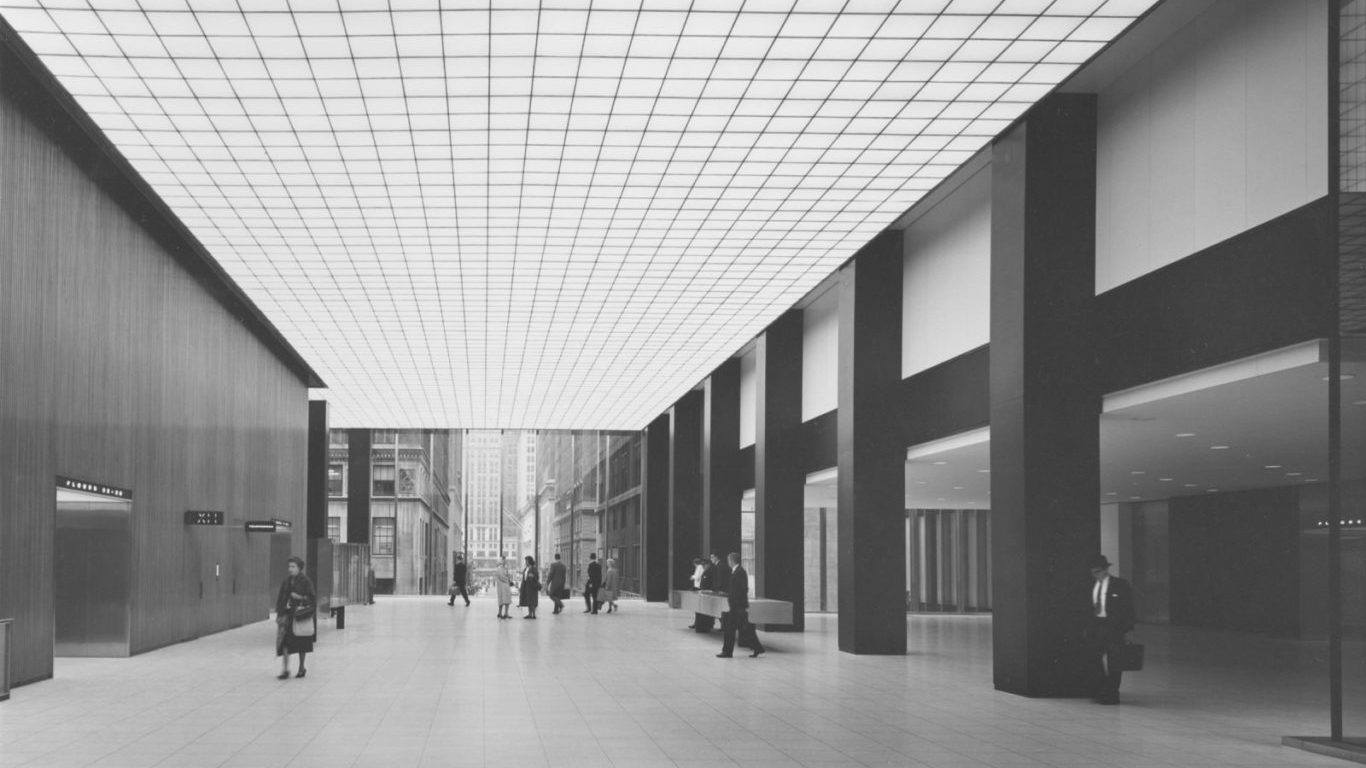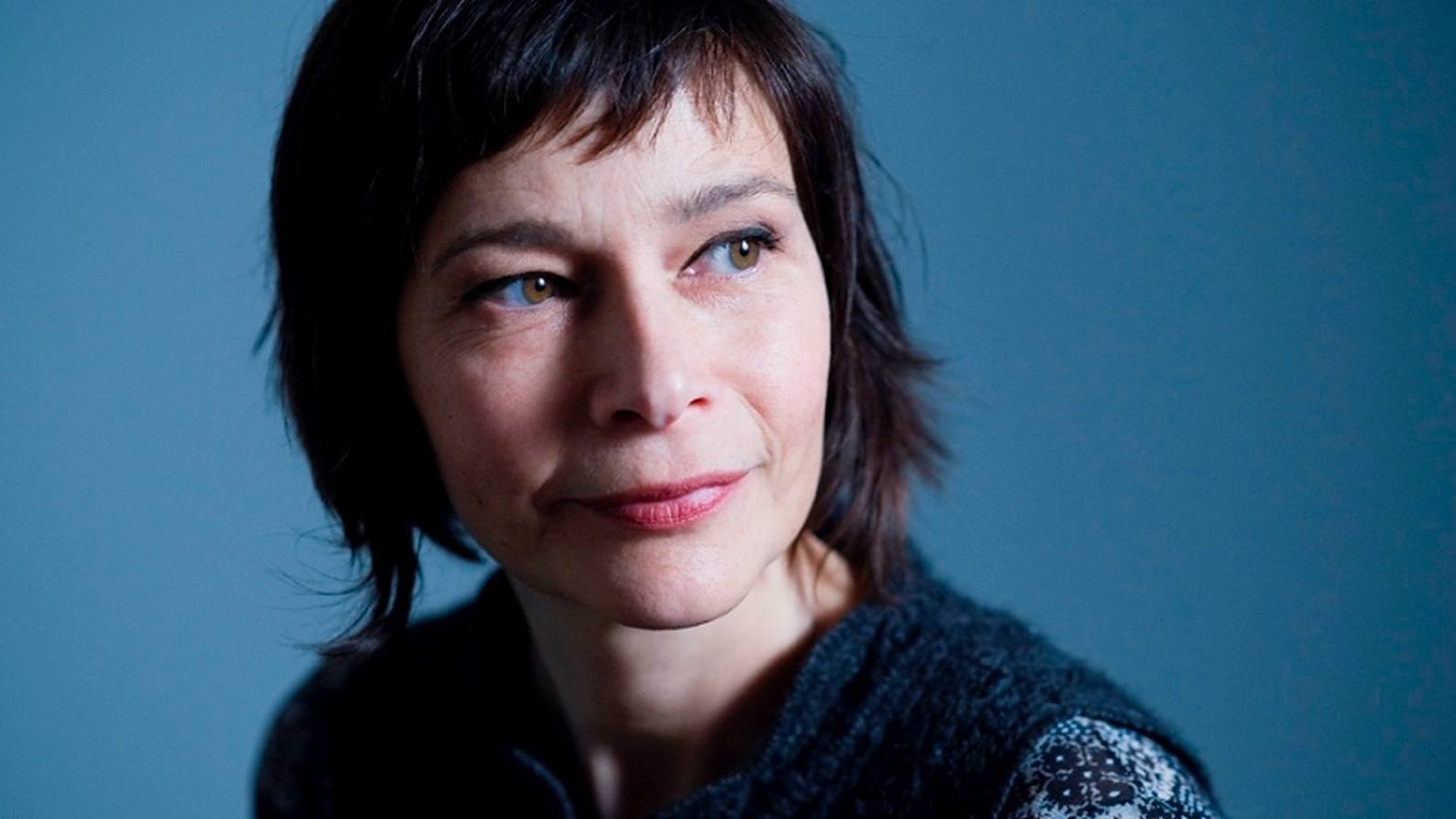Steve Reich’s “Eight Lines” (Octet): Cantillation Meets Pulse
Steve Reich’s Eight Lines is the exuberant, optimistic music of late twentieth century capitalist America. Composed in 1979 and originally titled Octet, it emerged from a world inundated with repetitive mass advertising and equally repetitive, slickly produced popular music. Built on minimalism’s satisfying, unrelenting pulse and sunny, jazz-infused repeating riffs, Eight Lines is a hypnotic musical joy ride which can alter our perception of time. We experience this music on a visceral level. Its rhythmic groove and swing …







